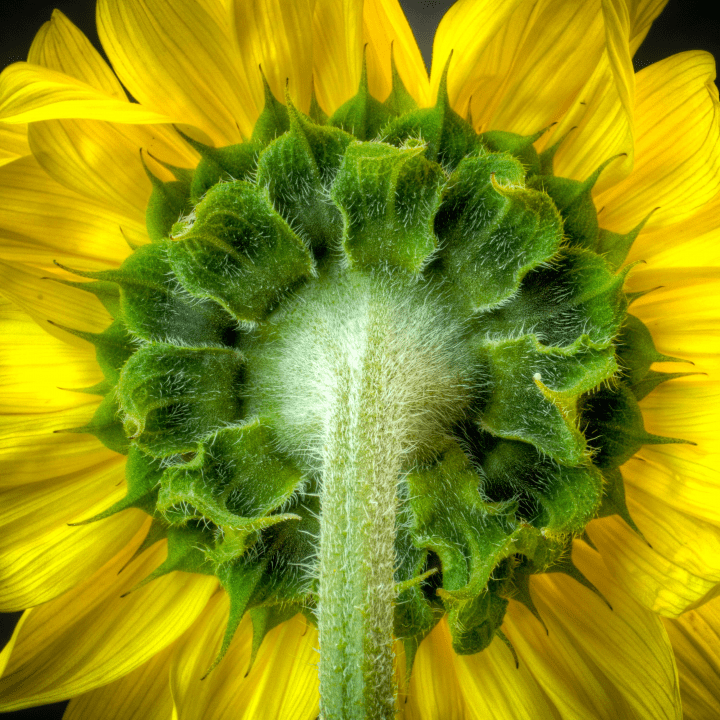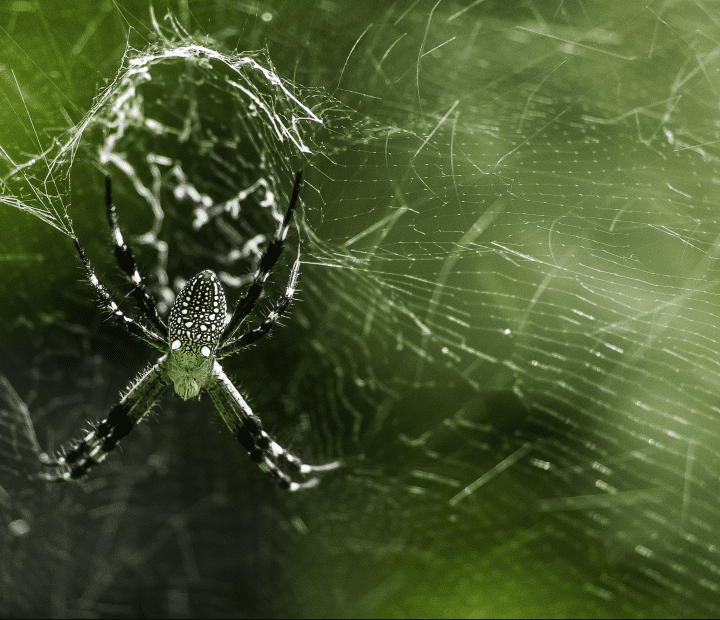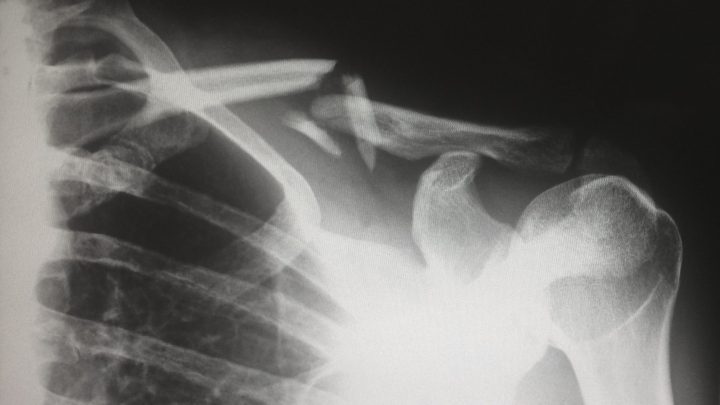The foot of the African elephant absorbs and distributes mechanical forces by consisting of sheets or strands of fibrous connective tissue forming larger metacarpal/metatarsal and digital compartments and smaller chambers filled with adipose tissue.
“The uniquely designed limbs of the African elephant, Loxodonta africana, support the weight of the largest terrestrial animal. Besides other morphological peculiarities, the feet are equipped with large subcutaneous cushions which play an important role in distributing forces during weight bearing and in storing or absorbing mechanical forces…In both the forelimb and the hindlimb a 6th ray, the prepollex or prehallux, is present. These cartilaginous rods support the metacarpal or metatarsal compartment of the cushions. None of the rays touches the ground directly. The cushions consist of sheets or strands of fibrous connective tissue forming larger metacarpal/metatarsal and digital compartments and smaller chambers which were filled with adipose tissue. The compartments are situated between tarsal, metatarsal, metacarpal bones, proximal phalanges or other structures of the locomotor apparatus covering the bones palmarly/plantarly and the thick sole skin. Within the cushions, collagen, reticulin and elastic fibres are found…Besides their important mechanical properties, foot cushions in elephants seem to be very sensitive structures.” (Weissengruber et al. 2006:781)





